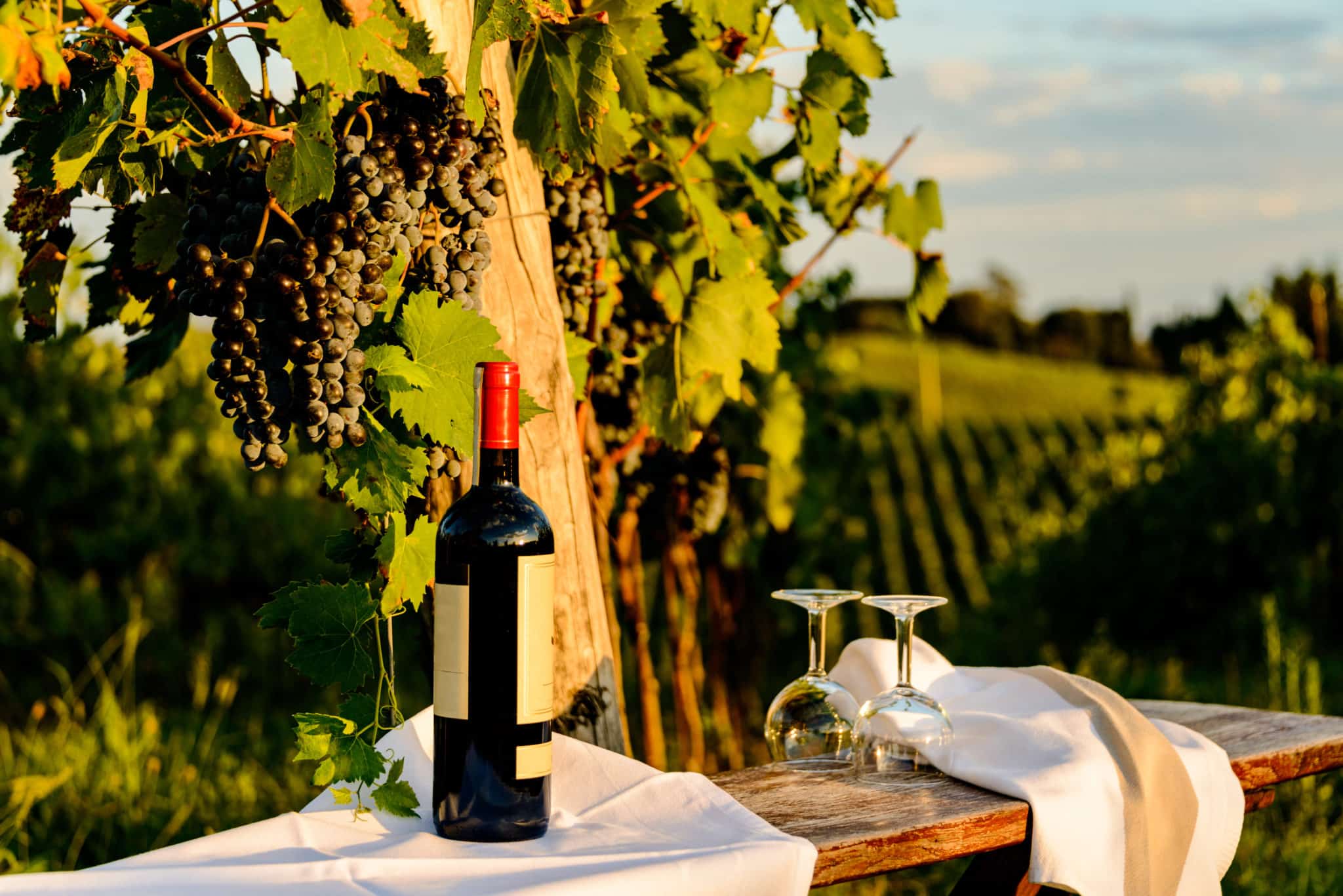This week local wine retailer Paul Adams of Fine Wines of Mayfield, who also has a new shop located in Royal Victoria Place, looks at the history of the classic Chianti
“Love endeth like the Chianti flask, its drops are bitter,” said the American artist and poet Gelett Burgess.
Now, the history of the famous Italian wine, Chianti dates back to at least the 13th century with the earliest incarnations of Chianti as actually being a white wine. Today this Tuscan region produces one of Italy’s most well-known and recognisable wines.
Baron Bettino Ricasoli, the future prime minister of the Kingdom of Italy, created the first known ‘Chianti recipe’ in 1872. In 1964 With the creation of the Denominazione di origine controllata (DOC), the ‘Ricasoli formula’ of a Sangiovese-based blend with 10-30% Malvasia and Trebbiano became enshrined in law. Before proper regulation, Chianti expanded significantly as the success of the wine encouraged adjoining villages to want to be a part of the region.
In 1967, Chianti was classified DOC and has been classified as DOCG since 1984. At that time, the type was under one appellation and encompassed wine made in seven individual zones with corresponding fields, but that was a lot for the average person to understand. So in 1996, Chianti Classico was separated from Chianti as an independent DOCG. Today, ‘Classico’ is viewed as the original zone.
Terroir: Mediterranean climate, warm summers cool winters. Soils vary, which is why there can be such varying quality of wine. Chianti grows mostly Sangiovese grapes which thrive on the sunny hillsides in Chianti. Rain washes away the nutrients on the surface, causing the vines to dig deep for the minerals to develop rich fruit.
Chianti DOC: Refers to wines produced in the larger Chianti region which covers a large part of Tuscany, including the provinces of Florence, Siena, Arezzo, Pisa, Pistoia, and Prato. Chianti DOC wines come in various styles, ranging from traditional to more modern interpretations. The regulations provide winemakers with flexibility in grape blending and winemaking techniques.
Chianti Classico: Encompasses a smaller more specific area in the centre of the Chianti region. Wines labelled as ‘Chianti Classico’ typically carry the black rooster (Gallo Nero) symbol on the label. Chianti Classico wines often have specific ageing requirements. For example, wines labelled as ‘Riserva’ have undergone longer ageing periods than non-Riserva wines. Chianti Classico wines are known for their complex flavours, including bright cherry notes, high acidity, and well-integrated tannins. Chianti Classico has gained recognition for producing wines of high quality and distinct character within the Chianti region.
Ricasoli: This is still a family-owned winery, at the heart of which is an imposing 11th-century castle, from the battlements of which you can, across the Chianti hills, see the silhouette of the Medieval town of Sienna. They produce the most wonderful examples of Chianti wines from soft fruity Chianti to the 100-point-scoring Ceniprimo.
We have them all at Fine Wines of Mayfield, so come and see us in Royal Victoria Place where we have some of their wines to taste…








